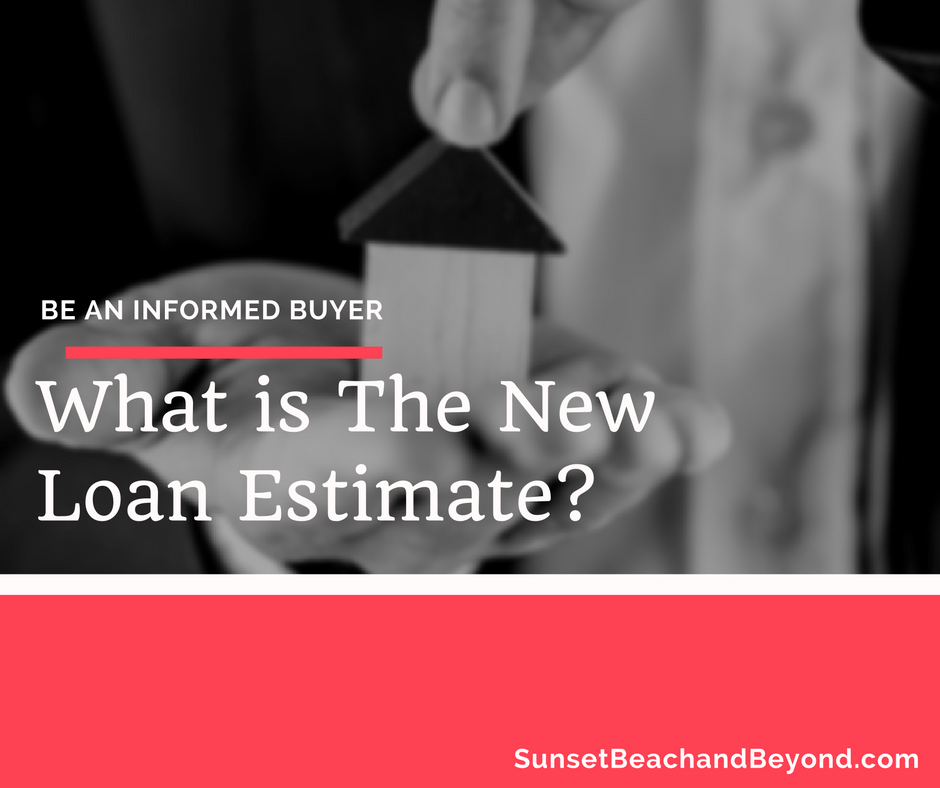The term “Good Faith Estimate” has been used in mortgage financing up until October 3, 2015 or if you’re applying for a reverse mortgage. This is the estimated cost of the mortgage loan and provide you with information about the loan so that you can compare offers, understand the real cost and make informed decisions however, a new rule about mortgage closing went into effect last year, 2015 brought on by the Consumer Financial Protection Bureau aiming to simplify loan disclosures and help borrowers better understand their mortgage terms. Good faith estimates are fine but they can get very confusing and can often change by the time you actually close on the loan. These new loan estimates are less likely to change and create last-minute drama.
Within three days of providing basic information to your lender you should receive a loan estimate. This will detail your loan an answer clear questions about whether an amount can increase after closing, whether or not your loan includes a prepayment penalty or balloon payment and all the expenses included in the escrow amount.
The loan estimate will also include a projected monthly mortgage payment, property taxes, insurance and any other assessments. The estimate will include the amount of cash you’ll need to have on hand at settlement or “closing”. The estimate will also include items and services that you can and cannot get different offers are including pest inspections, appraisals and survey fees.
The new “Loan Estimate” is also known as “Know Before You Owe”. This is a great way to compare different offers through different lenders and have a very tried-and-true, clear-cut figure on all of the factors involved in getting a mortgage.
The Loan Estimate will include the following:
- Identifying information and important dates
- Loan terms including the loan amount, interest rate, principle, interest rates and any disclosure on prepayment penalties, adjustable rate mortgage information or a balloon payment.
- Projected payments, which includes a monthly breakdown of your principal and interest including any mortgage insurance, property taxes and homeowners insurance. (This will also have information on whether or not the taxes and insurance will be included in the monthly payment.
- Final closing costs, which will include all the loan fees, lender credits, points and the cash that you’ll need to bring to the closing table.
- Miscellaneous fees including appraisal and credit report fees, government recording fees, prepaid taxes, escrow and title insurance fees and any reserves.
The bottom line of your loan estimate will include all total closing costs, including your down payment, funds that you apply, any debits and credits, deposits and seller credits.
What can you do with this loan estimate?
Just because this loan estimate gives you a really good idea of what you’ll be paying, it doesn’t mean that it’s the end all and that you can’t shop around. This loan estimate gives you great ammunition to compare other rates, credit unions, banks and lenders. You want to compare the annual percentage rate, interest rates, fees and points to determine the best situation for your needs. As a lender, it is my responsibility to be as upfront, honest and open as possible. It is required that I inform you of any intentions to pass your loan off to a different servicer after closing, which is a very common procedure.
For more information contact us today! We’d love to help get you started on the process and find the right home that meets your needs.
